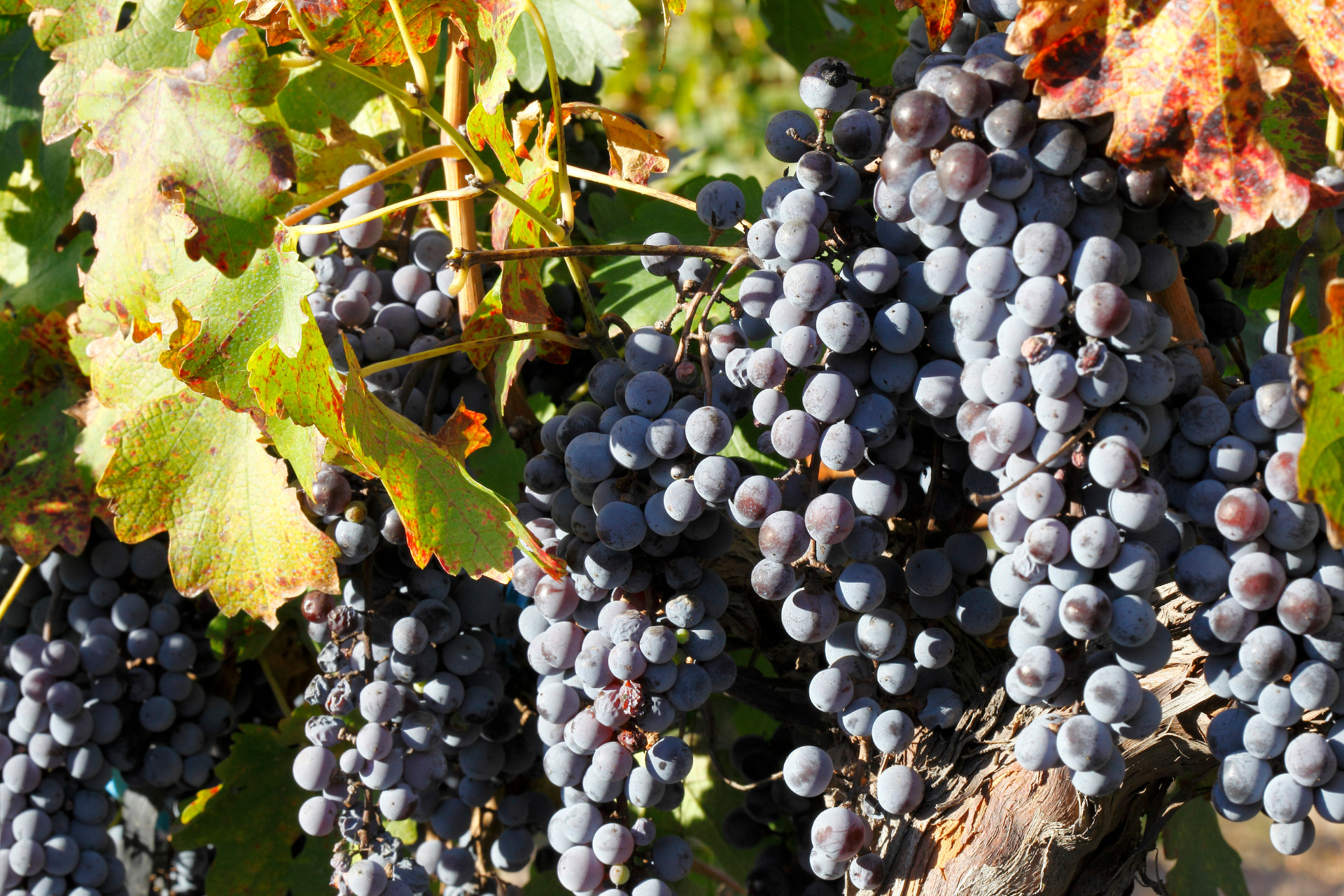Can You Pair Sweet Wines with Cheese?
Sweet Wines and Cheese - Can You Pair These?

When it comes to pairing wine and cheese, sweet wines often get overlooked in favour of dry reds or crisp whites.
However, sweet wines like Moscato, Riesling, or Sauternes have a unique ability to complement the rich, salty, and tangy flavors of cheese. Their natural sweetness, acidity, and complexity make them an excellent choice for creating balanced and memorable pairings.
Here we will explore how sweetness in wine interacts with the creaminess, saltiness, or pungency of different cheeses.
We’ll dive into the principles of pairing sweet wines with cheese, offer examples of successful pairings, and provide tips for hosting a tasting that will impress your guests.
The Science Behind Sweet Wine and Cheese Pairings
To understand why sweet wines pair so well with cheese, it’s helpful to consider how their key flavour components interact:
1. Balancing Saltiness
Salt is a dominant flavour in many cheeses, especially aged and blue varieties.
Sweetness in wine balances the salty notes, creating a harmonious contrast. This sweet-salty interplay is similar to the appeal of salted caramel or chocolate-covered pretzels.
2. Cutting Through Creaminess
Rich, creamy cheeses like Brie or Camembert have a high fat content that can coat the palate.
Sweet wines, with their acidity and refreshing sweetness, cleanse the palate and prevent the flavours from becoming overwhelming.
3. Complementing Pungency
Pungent cheeses, such as Blue Cheese or washed-rind varieties, can be intense and overpowering.
Sweet wines temper these bold flavours, softening their impact while highlighting their complexity.
4. Enhancing Tanginess
Fresh cheeses like Goat Cheese or Feta are tangy and bright.
Sweet wines with high acidity, like Riesling or Moscato, amplify these characteristics without clashing, creating a vibrant pairing.

Sweet Wines: A Brief Overview
Before exploring specific pairings, it’s essential to understand the characteristics of popular sweet wines:
1. Moscato
Profile: Light, fruity, and floral with flavours of peach, apricot, and orange blossom.
Best With: Mild and tangy cheeses like Goat Cheese or Ricotta. Its low alcohol and delicate sweetness make it an excellent introduction to sweet wine pairings.
2. Riesling
Profile: Ranges from dry to very sweet, with high acidity and flavours of green apple, citrus, and honey.
Best With: Creamy cheeses like Brie or Havarti and tangy options like Feta. Sweet Rieslings balance salt and fat beautifully.
3. Sauternes
Profile: A luxurious French dessert wine with rich flavors of honey, apricot, and tropical fruit, balanced by refreshing acidity.
Best With: Bold, salty cheeses like Roquefort or aged Gouda. Its sweetness and acidity make it a classic partner for intense flavours.
4. Port
Profile: A fortified wine with rich, sweet flavours of red berries, chocolate, and spice.
Best With: Blue cheeses like Stilton or pungent washed-rind cheeses. The wine’s richness matches the intensity of these bold options.
5. Ice Wine
Profile: Made from frozen grapes, it’s intensely sweet with vibrant acidity and flavours of tropical fruit, honey, and stone fruit.
Best With: Delicate, creamy cheeses or mild blue cheeses. Its sweetness elevates subtle flavours without overpowering them.
Pairing Sweet Wines with Specific Cheese Types
1. Soft and Creamy Cheeses
Soft cheeses like Brie, Camembert, or triple-cream varieties are mild and buttery, often with a delicate earthy rind.
Best Pairings:
- Moscato: Its lightness and fruitiness complement the creaminess without overpowering it.
- Sweet Riesling: The wine’s acidity cuts through the fat, enhancing the cheese’s flavours.
- Ice Wine: Its tropical sweetness contrasts beautifully with the cheese’s richness.
Why It Works:
The wine’s sweetness and acidity provide a refreshing counterpoint to the cheese’s fat content, preventing the pairing from feeling heavy.
2. Hard and Aged Cheeses
Hard cheeses like Cheddar, Parmesan, or aged Gouda have intense, nutty flavours with a firm texture.
Best Pairings:
- Sauternes: Its honeyed sweetness balances the salty, umami-rich flavours of aged cheeses.
- Port: The wine’s bold, fruity profile complements the cheese’s complexity.
- Riesling (Auslese or Spätlese): Sweet Rieslings highlight the nutty and caramelized notes in aged Gouda or Parmesan.
Why It Works: The combination of sweetness and acidity enhances the cheese’s depth of flavour while balancing its saltiness.

3. Blue Cheeses
Blue cheeses like Roquefort, Stilton, or Gorgonzola are known for their strong, tangy, and salty profiles.
Best Pairings:
- Sauternes: A classic pairing, the wine’s sweetness tempers the cheese’s saltiness while enhancing its creamy texture.
- Port: Its richness matches the intensity of the cheese and creates a luxurious flavour combination.
- Ice Wine: The wine’s bright acidity and concentrated sweetness offer a striking contrast to the pungency of blue cheese.
Why It Works: Sweet wines balance the bold flavours and saltiness of blue cheeses, creating a harmonious and sophisticated pairing.
4. Fresh Cheeses
Fresh cheeses like Goat Cheese, Feta, or Ricotta are light, tangy, and sometimes salty.
Best Pairings:
- Moscato: Its fruity sweetness complements the tangy, fresh flavours of these cheeses.
- Sweet Riesling: The wine’s acidity enhances the cheese’s brightness and balances its saltiness.
- Prosecco (Demi-Sec): While not as sweet as dessert wines, this slightly sweet sparkling wine pairs well with fresh cheeses.
Why It Works: The wine’s sweetness and acidity amplify the cheese’s tangy characteristics without overwhelming its delicate texture.
5. Washed-Rind Cheeses
Washed-rind cheeses like Munster, Taleggio, or Epoisses are known for their pungent aroma and savory, earthy flavours.
Best Pairings:
- Gewürztraminer (Late Harvest): Its floral and slightly sweet profile complements the funkiness of washed-rind cheeses.
- Sauternes: The wine’s sweetness tempers the cheese’s bold flavours and enhances its creamy texture.
- Port: Its richness balances the cheese’s strong aroma and savory notes.
Why It Works: Sweet wines mellow the intensity of washed-rind cheeses, creating a balanced and approachable pairing.
Tips for Pairing Sweet Wines and Cheese
1. Balance Intensity
Match the intensity of the wine with the cheese.
For example, pair bold wines like Port with strong cheeses like Stilton, and lighter wines like Moscato with mild cheeses like Ricotta.
2. Embrace Contrast
Contrasting flavours often create the most exciting pairings.
Sweet wines and salty cheeses are a classic example of how opposites attract.
3. Consider Texture
Pair creamy cheeses with wines that cleanse the palate.
For example, a sweet Riesling’s acidity cuts through the richness of Brie.
4. Don’t Forget Accompaniments
Enhance pairings with complementary accompaniments like:
- Fruits (e.g., figs, apples, pears)
- Nuts (e.g., almonds, walnuts)
- Honey or fruit preserves
These additions bridge the flavours between the wine and cheese.
5. Experiment with Regional Pairings
Wines and cheeses from the same region often complement each other naturally.
For example:
- French Roquefort with Sauternes
- Italian Gorgonzola with Moscato d’Asti

Hosting a Sweet Wine and Cheese Tasting
To showcase the versatility of sweet wines with cheese, consider hosting a tasting party.
Here’s how:
1. Choose a Range of Pairings
Offer a mix of crowd-pleasers and adventurous combinations.
Include cheeses of different textures and intensities paired with various sweet wines.
2. Arrange the Tasting Order
Start with lighter cheeses and wines, then progress to bolder flavours:
- Fresh cheeses with Moscato
- Creamy cheeses with sweet Riesling
- Aged cheeses with Sauternes
- Blue cheeses with Port
3. Provide Tasting Notes
Share information about each wine and cheese, including their origins and flavour profiles.
Encourage guests to note their preferences and impressions.
4. Include Accompaniments
Set out fruits, nuts, crackers, and preserves to enhance the tasting experience.
5. Engage Your Guests
Explain why each pairing works and encourage guests to experiment with their own combinations.
Conclusion: Sweet Wines and Cheese – A Perfect Pair
Sweet wines are a versatile and delightful companion to cheese, offering a wide range of pairing possibilities.
Whether you’re balancing saltiness with sweetness, cutting through creaminess, or complementing pungency, sweet wines like Moscato, Riesling, and Sauternes bring out the best in every cheese.
By understanding how flavors and textures interact, you can create pairings that surprise and delight, making sweet wines and cheese the star of any gathering.
Wine and Cheese Affair News


